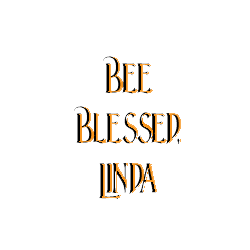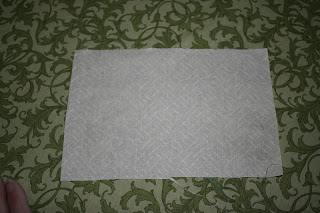Back in the summer, I won these trimmings from Kate Spain and the line she had coming out at the time. I put them aside, ready to use them in my applique and piecing. They are strips between an inch wide all the way to about 6inches wide, and not enough of any one color to do standard blocks. I decided to start some scrappy blocks using the same method I use for piecing the backs of my quilts, only small enough for blocks.
I started out by cutting a wide piece about 9" long (you can use any size you want) and evened up the sides. I also cut a couple of pieces from the narrow strips.
 I cut one strip down the center and sewed it to each side of the other strip. Then I cut the larger block in half lengthwise, making the cut at the side and not the center.
I cut one strip down the center and sewed it to each side of the other strip. Then I cut the larger block in half lengthwise, making the cut at the side and not the center.I sewed the strip between the two sections of the block.
You can either stop here, or cut the block into two more sections by cutting widthwise and inserting another strip like the first. There is no reason your blocks all have to be the same, but try to carry one color over into each block to tie them all together.
Here are a few of the blocks I've made from my little treasure pile of scraps. Notice that some are very simple and others have more piecing. If a block is not quite large enough, simply add more strips either on the edge of in the middle of the block. It couldn't be more simple. Trim all the blocks the same size or have some large and some small. Mine are all 6" x 9". You can see by the arrangement that I will be able to add little "pops" of color in the areas where the blocks don't come together.
This seems to be a year that many of us have chosen to use up as many of our scraps as we can. What a wonderful challenge! I'm going to see if I can turn these into something useful as well as beautiful!













































